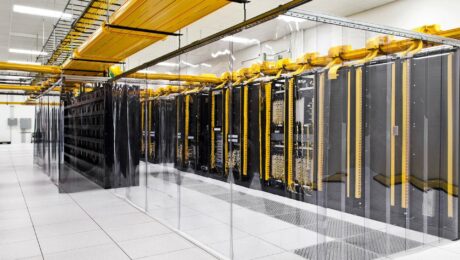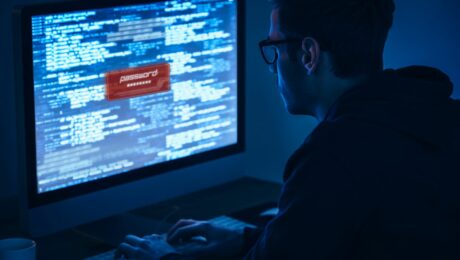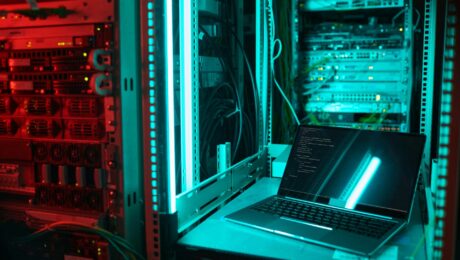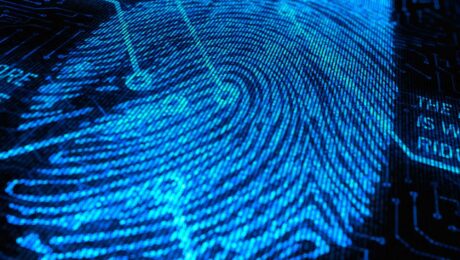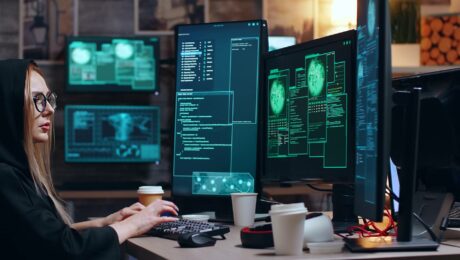EITCA/IS Information Technologies Security Academy
Wednesday, 29 December 2021
by EITCA Academy
EITCA/IS Information Technologies Security Academy constituent EITC programmes
EITC/IS/WSA Windows Server Administration
Thursday, 21 October 2021
by EITCA Academy
EITC/IS/LSA Linux System Administration
Thursday, 21 October 2021
by EITCA Academy
EITC/IS/CNF Computer Networking Fundamentals
Monday, 18 October 2021
by EITCA Academy
EITC/IS/WAPT Web Applications Penetration Testing
Monday, 18 October 2021
by EITCA Academy
EITC/IS/WASF Web Applications Security Fundamentals
Monday, 18 October 2021
by EITCA Academy
EITC/IS/ACSS Advanced Computer Systems Security
Monday, 18 October 2021
by EITCA Academy
EITC/IS/CSSF Computer Systems Security Fundamentals
Monday, 03 May 2021
by EITCA Academy
EITC/IS/CCTF Computational Complexity Theory Fundamentals
Monday, 03 May 2021
by EITCA Academy
EITC/IS/ACC Advanced Classical Cryptography
Monday, 03 May 2021
by EITCA Academy
EITC/IS/CCF Classical Cryptography Fundamentals
Monday, 03 May 2021
by EITCA Academy
EITC/QI/QIF Quantum Information Fundamentals
Monday, 03 May 2021
by EITCA Academy
EITC/IS/QCF Quantum Cryptography Fundamentals
Monday, 03 May 2021
by EITCA Academy
EITCA/WD Web Development Academy
Sunday, 07 March 2021
by EITCA Academy
EITCA/WD Web Development Academy constituent EITC programmes
EITC/WD/WPF WordPress Fundamentals
Monday, 01 March 2021
by EITCA Academy
EITC/WD/EWP Elementor for WordPress
Thursday, 25 February 2021
by EITCA Academy
EITCA/AI Artificial Intelligence Academy
Wednesday, 17 February 2021
by EITCA Academy
EITCA/AI Artificial Intelligence Academy constituent EITC programmes
EITC/AI/ARL Advanced Reinforcement Learning
Sunday, 07 February 2021
by EITCA Academy
EITC/AI/ADL Advanced Deep Learning
Sunday, 07 February 2021
by EITCA Academy
EITC/AI/TFF TensorFlow Fundamentals
Saturday, 06 February 2021
by EITCA Academy
- 1
- 2




